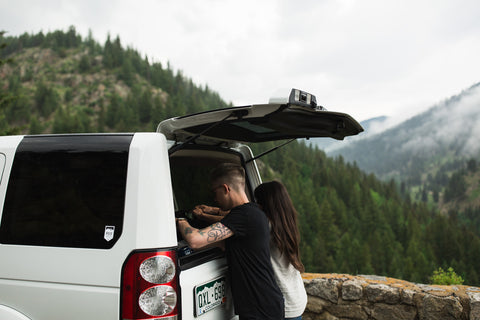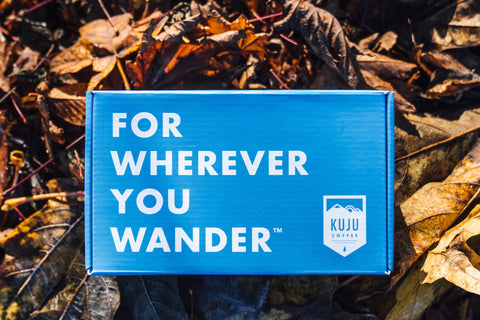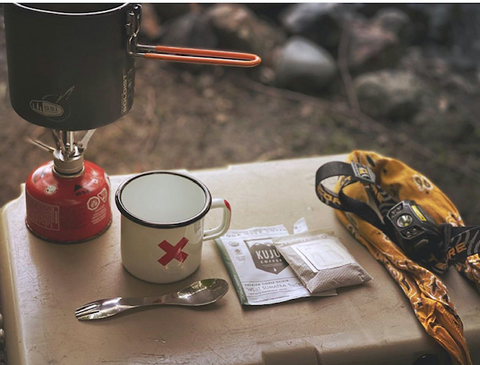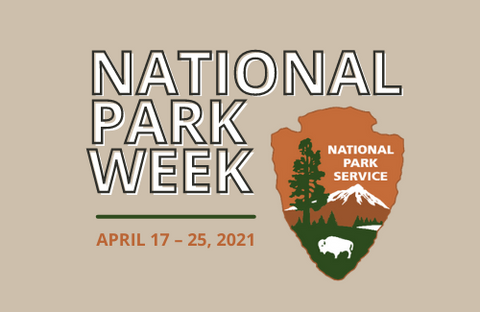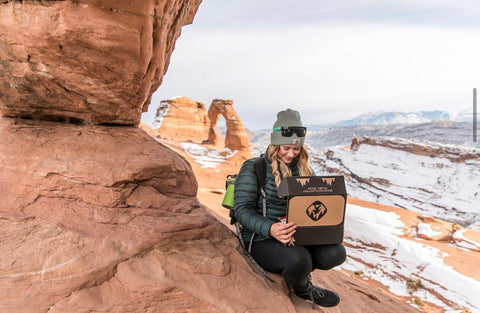Pour over coffee was a big thing before espresso-based drinks rose in popularity, and then it fizzled out in recent years. Humanity’s ever-thinning patience is to blame, but let’s be honest – coffee shops can’t maximize sales if one customer has to wait at least 5 minutes for their cup of Joe.
However, more and more people are now coming back to this method, especially those who enjoy making (and experimenting with) their coffee at home. After all, you only need five minutes out of your day to make a more satisfying cup.
Why is it more satisfying and what is pour over coffee anyway? Dive in and let us introduce you to this wonderful way of making coffee.
What is Pour Over Coffee?
Let's dive into the first main question: what is pour over coffee?
Pour over coffee involves the most basic equipment of making coffee: you only need a kettle, some good coffee grounds, a coffee filter, a cup, and a funnel.
There’s no need for a machine or other special equipment to make a cup this way, taking us back to the roots of coffee-making. We’ve grown accustomed to drinking coffee made by espresso machines, but this technique is now becoming popular again.
Its second chance at popularity may have to do with the coffee shops in Japan, where coffee-making is almost as revered as tea-making. Hence, people might be more meticulous in their preparation. There’s a good chance it influenced the second life of the pour over approach in America.
How to Make Pour Over Coffee
Coffee-making using this method is delicate. You need to be careful and mindful in each step, but don’t worry, we’ll explain things along the way. You can also look at our helpful video for a more in-depth guide.
First, you need the materials we listed above. Then, place the filter on top of the cup.
Next, we have the coffee grounds. If you want it like in the coffee shops, buy high-quality kinds.
Better yet, grind them yourself if you have the equipment for it; fresh coffee grounds produce the best tasting results (we Nitro-Flush™ our single-serve pour overs to keep it fresh). Grind it to rough sea salt consistency.
Don’t forget to prepare your water. You’ll need a kettle; kettles with a gooseneck spout work best for this preparation.
Choose filtered water; it makes a noticeable difference in the end product, and results in a cleaner cup. Boil it to around 200 degrees.
To get this temperature without measuring it, remove the kettle from the fire once it has boiled. Leave it for around 35 to 40 seconds and you’re good to go for the next step.
Next, pre-wet the coffee filter with the boiled water. This prevents a papery taste from contaminating your coffee and preheats the cup at the same time. Don’t forget to remove the water from the cup and place the wet filter back.
Add your grounds to the filter and pour water in a circular motion to distribute it in a more even manner. Add just enough water to cover the coffee grounds and let it sit for around 30 seconds.
What we’re doing here is letting the coffee “bloom.” It pre-infuses the grounds to let the carbon dioxide escape, improving the flavor.
The next step is pretty much the same, pouring water in a circular fashion, concentrating in the middle and avoiding wetting the filter. The best way to do this is to do it in a slow but continuous manner.
If you do it right, you can pour while the water filters out at the same rate. This is preferable for optimum taste and even flavor extraction.
If not, make sure to let the grounds settle first before you pour water again.
You’re done when the stream of coffee from the filter turns into drips. At that point, remove the filter and throw the grounds away. You can now enjoy your pour-over coffee.
Why Make Coffee This Way?
Now, you might be wondering why you should take all this effort to make a cup of coffee. After all, it’s not as efficient as the other methods of brewing coffee.
Why choose it instead of, say, drip coffee? How different is pour over vs drip? Let’s talk about that in more detail.
So what is drip coffee? It’s the kind you might be more familiar with; do you have a coffee maker? That makes drip coffee – you put the grounds and water in then it does all the work for you.
What makes pour over coffee different from it?
Let’s be straightforward about this – the pour over technique produces better results than drip. And that’s because of these reasons:
Pouring Style
Remember how we told you to concentrate in the middle and then work your way outward while pouring? That’s because you need to wet the coffee grounds in an equal manner for even flavor extraction. The middle section of your pour over has coffee grounds, so you need to make sure it receives a proportional amount of water.
The average drip brewer doesn’t have a consistent pouring style. Some parts may get more water and some may not get enough. You get an imbalanced coffee this way, which will show through the taste.
Temperature Control
You might think that a machine can control the temperature better. That’s true for the most part, but if you don’t have a high-end model, you can’t expect it to get to the temperature you like. Some drip brewers may be able to reach your desired temperature, but it can’t stay that way for long.
On the other hand, it’s easy to control the temperature when doing a pour over. You only need to let it boil, let it settle for, then you're good to go.
Adjustments
If you need to adjust something in the brewing process, it’s easy to do that with the pour over method. The only thing you can adjust in drip coffees is the texture of the coffee grounds and the quantity.
Ease of Use
This is where the drip coffee wins because you don’t have to brew the coffee yourself. You only need to fill the coffee make with water, place coffee grounds in the filter unit and press the on button. You then have a cup (or more) of coffee.
Make Your Own Pour Over Coffee Now
So what is pour over coffee? Hopefully this guide provided an in-depth answer so why not try it out today? You’ll only need some materials you may already have in your home. If not, you don’t need to dig deep into your pocket to buy them.
It’s better to invest in high-quality coffee grounds. Check out our products and contact us if you have any questions. We’ll be happy to help you out.



